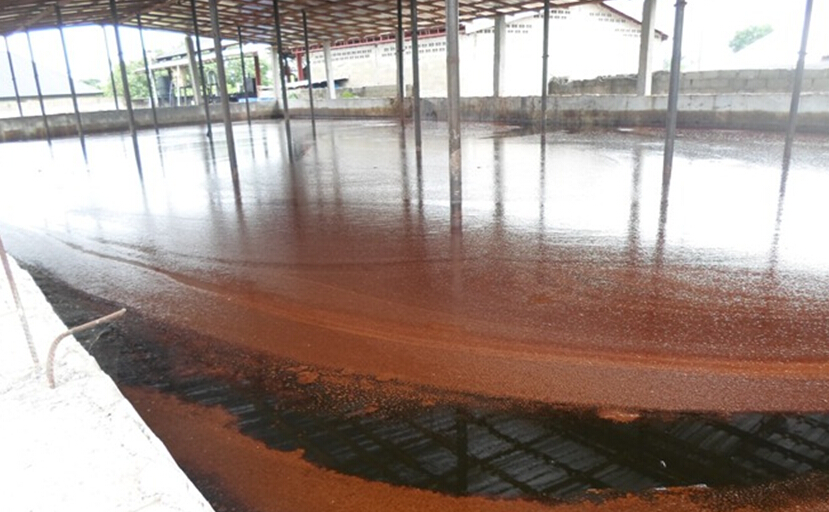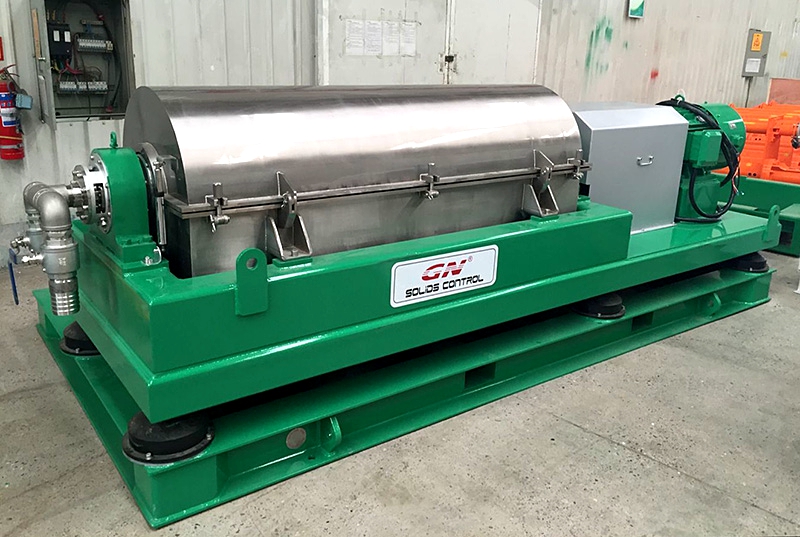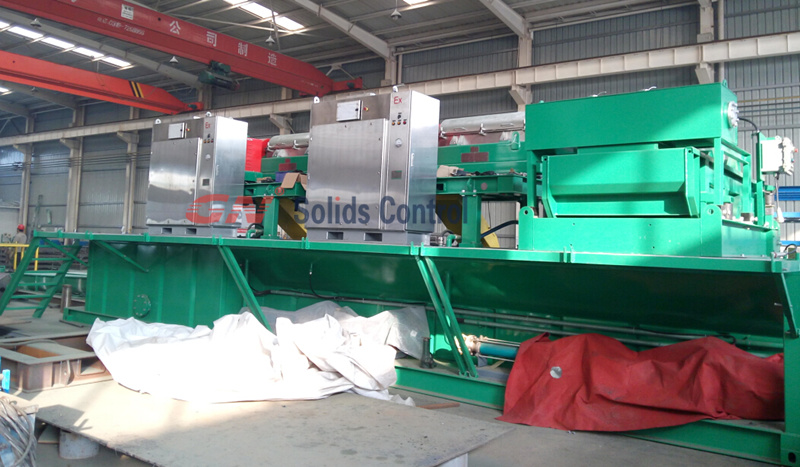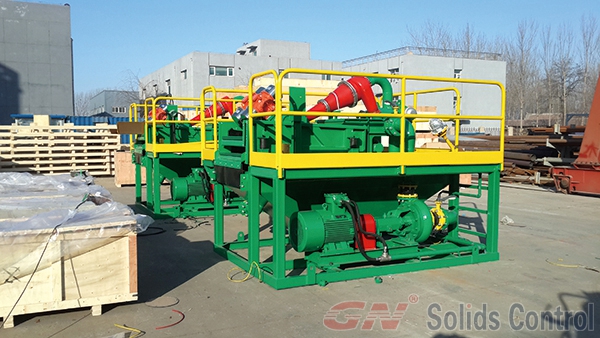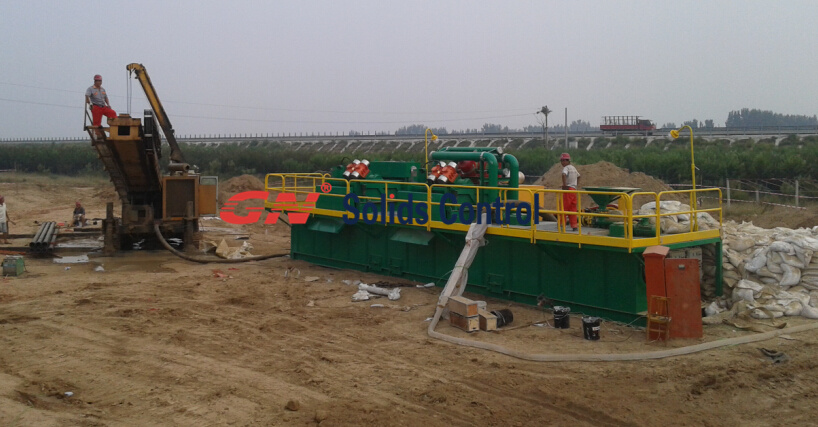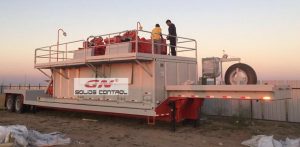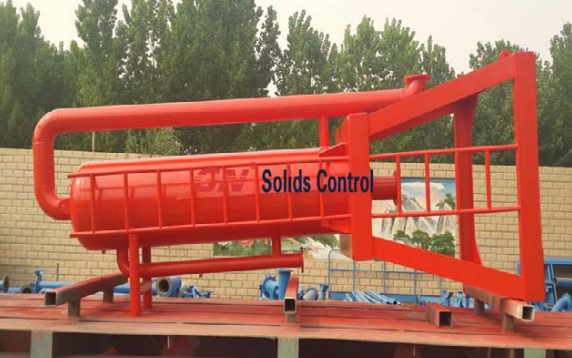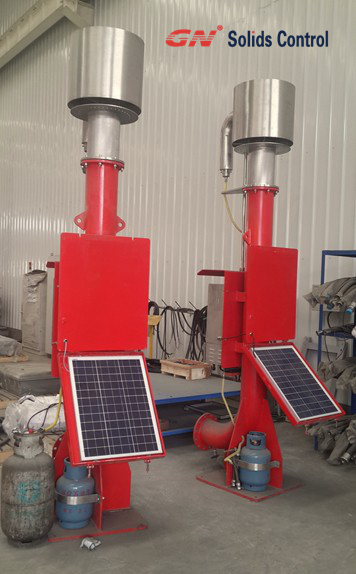The liquid-gas separator is a kind of equipment that uses hydrogen sulfide-resistant material and liquid-liquid separator for drilling fluids and uses high-quality materials through modern technology. The combination of liquid-gas separator and electronic ignition device can effectively prevent carry-over in drilling fluids. The erosion of harmful gases ultimately ensures the safety of personnel and field equipment.
When the construction is carried out, some poisonous and harmful gases carried in the drilling fluid will be carried over. This will cause a large deviation in the specific gravity and viscosity of the drilling fluid and cannot meet the requirements for drilling; and if the problem is serious, if Failure to cause a kick or even a blowout accident will occur in time. The liquid-gas separator can ensure the smooth progress of the drilling process when used with the electronic ignition device.
The design of the liquid-gas separator is mainly used to separate large amounts of dissolved gas or free air mud, and because these gases expand in volume under normal pressure. Therefore, in the traditional liquid-gas separator located between the choke manifold and the drilling fluid shaker, a special pipe line for exhaust gas is connected to avoid this situation.
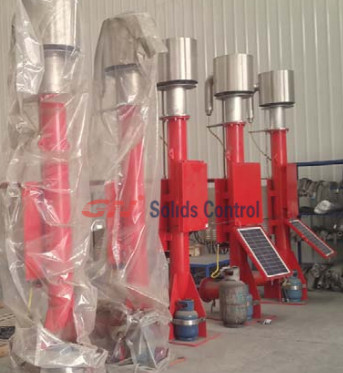
At the drilling site, the frequency of the use of liquid-gas separators and electronic ignition devices is not high, but the importance is unquestionable. In case of special circumstances, blowout accidents will not only cause major economic and property losses to the country and individuals, but also cause significant pollution to the on-site soil and surrounding environment, and the subsequent flocking will be far-reaching.
The GNZYQ1000A series liquid-gas separator is a good choice for the mud gas separator. The gas well drilling fluid enters the separator through the tangent line of the inlet of the separator, and the inner wall falls on the specially designed multiple inner baffles in the collision. At the same time, the exposed surface area is increased, flowing downwards, creating a turbulent state that separates the gas from the drilling fluid. The final free gas is discharged through the gas outlet at the top of the tank. The length of the exhaust pipe is determined and matched by the site and brought to the safety department. The degasified safe drilling fluid is discharged into the subsequent mud processing system.
GN solid control company’s GNYD electronic ignition device can promptly and accurately ignite the toxic flammable gas emitted from the outlet of the discharge nozzle in the moment of gas ejection to eliminate the pollution of the gas to the environment and the damage of humans and animals. Guanneng electronic ignition device and can be configured with solar panels, through the use of solar energy for post-charge operations, to achieve the purpose of energy conservation and environmental protection.
GN solid control will provide you with high-quality liquid-gas separators, competitive prices at factory direct sales, and provide you with satisfactory after-sale technical services for oil-field drilling fluid liquid-gas separators and electronic ignition devices.
More question,welcome contact GN solids control
